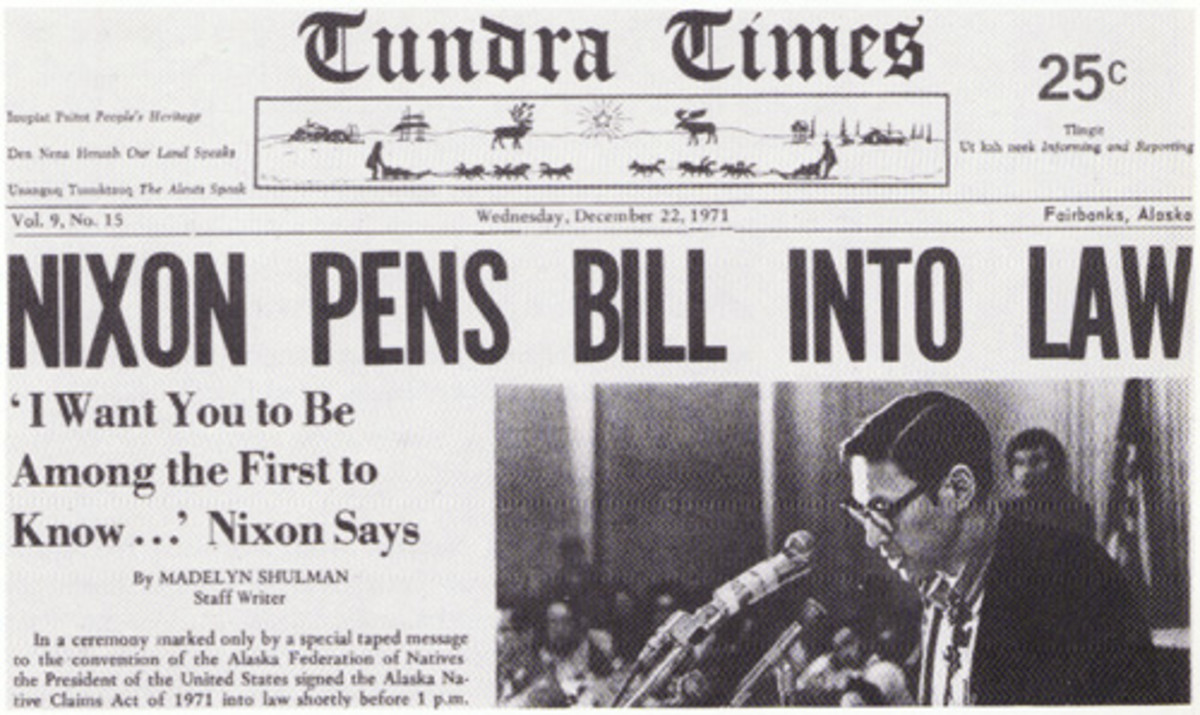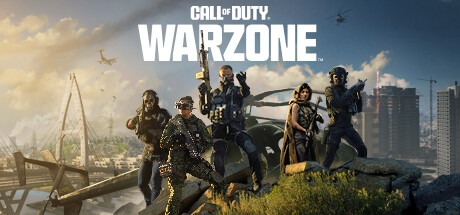The struggle of Indigenous right and the amount of self-determination it took for us to get where at today is way out of range than you think it is. Us Alaskan Natives have faced troubles for decades, like getting our land stolen from us, having to fight back for it, getting sent to boarding school, forcing us to speak English when we were fluent Athabascan speakers. Today we face racism and struggling to keep the land we’ve got left.
Some people may wonder, why do Native people get treated differently in Alaska? What did we have to go through to where we are today? Well, today I’m going to discuss some major turning points in Alaska us Natives had to face in the past.
One turning point in Alaska was the message from Alaska Native Claims Settlement Act (ANCSA) in 1971. This turning point in Alaska history has allowed us Alaskans to own 44 million acres of the land in Alaska and nearly 1 billion in compensation for our land to be taken by the U.S. government. ANCSA allowed us Native to have corporations in Alaska. Some corporations are more stable than others. Other than the money, it helped us with our own future, allowed us to see more of the road ahead of us.
According to Kim Reitmeiter, the executive director of ANCSA, it has proven that these corporations is a lasting effect in Alaska. We need it and am very thankful for it. Although they didn’t help with all of our problems, like getting our land taken from us, struggling with racism in OUR state. So with that being said, we had to figure out ways to and try to solve our problem along the bumpy road ahead.
We have multiple different corporations in Alaska. There are a total of 12 regional corporations in Alaska, covering up 224 villages. Here are the 12: Ahtna, Inc., The Aleut Corporation, Arctic Slope Regional Corporation, Bering Straits Native Corporation, Bristol Bay Native Corporation, Calista Corporation, Chugach Alaska Corporation, Cook Inlet Region, Inc., Doyon, Limited, Koniag, Inc., NANA Regional Corporation, and Sealaska Corporation.
Before ANCSA, we had to face our problems with the people who were against us. It was a big struggle because it was like we didn’t matter to the people who we spoke up against. A lawyer, his name was Fredrick Paul, had once said, “Why is it that if the sovereign wants to build a road over a white man’s property, automatically one knows that the sovereign must pay him its value; but when the sovereign wants to build a road over an Indian’s property, the Indian must be content with whatever the sovereign chooses to pay him?” This quote right here had shown double of what we have been dealing with at this time.
Today we face racism. They see right through us. When we talk, it goes through one ear out the other. A journalist, Rebecca Nagle, said on October 23, 2018, “Native Americans are more likely to be killed by police, more likely to be assaulted, and more likely to die by suicide than any other group. We have a low population on graduates, and more punished than any other school.”
Other than that, we get treated differently, seen differently, and can’t be heard by the U.S. government. We are still here, still speaking strongly from our hearts, holding on to our culture, trying to pass it generation to generation, and defending our land. We come in one package. We won’t stop until we get to where we want to! Our story isn’t finished.
Sources
“On the Enduring Impact of ANCSA.” ANCSA Regional Association, 1917, https://ancsaregional.com/about-ancsa/.
Nagle, Rebecca. “Invisibility Is the Modern Form of Racism Against Native Americans.” Teen Vogue, 23 Oct. 2018, https://www.teenvogue.com/story/racism-against-native-americans.
“Tundra Times Headline after ANCSA Passed into Law.” Tundra Times, vol. 9, no. 15, 22 Dec. 1971. Courtesy of Tuzzy Consortium Library, Utqiaġvik, Alaska.


